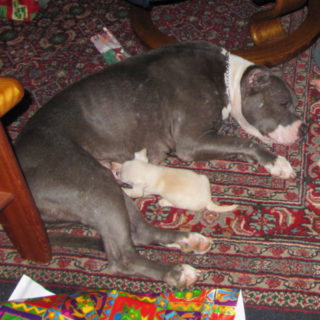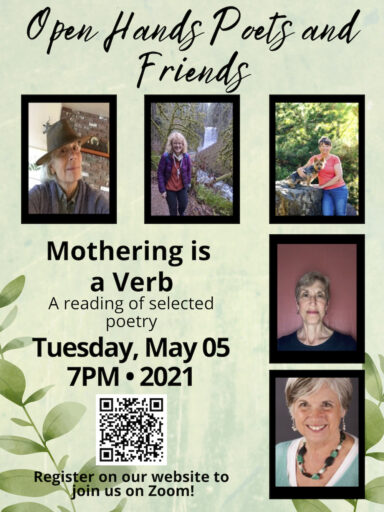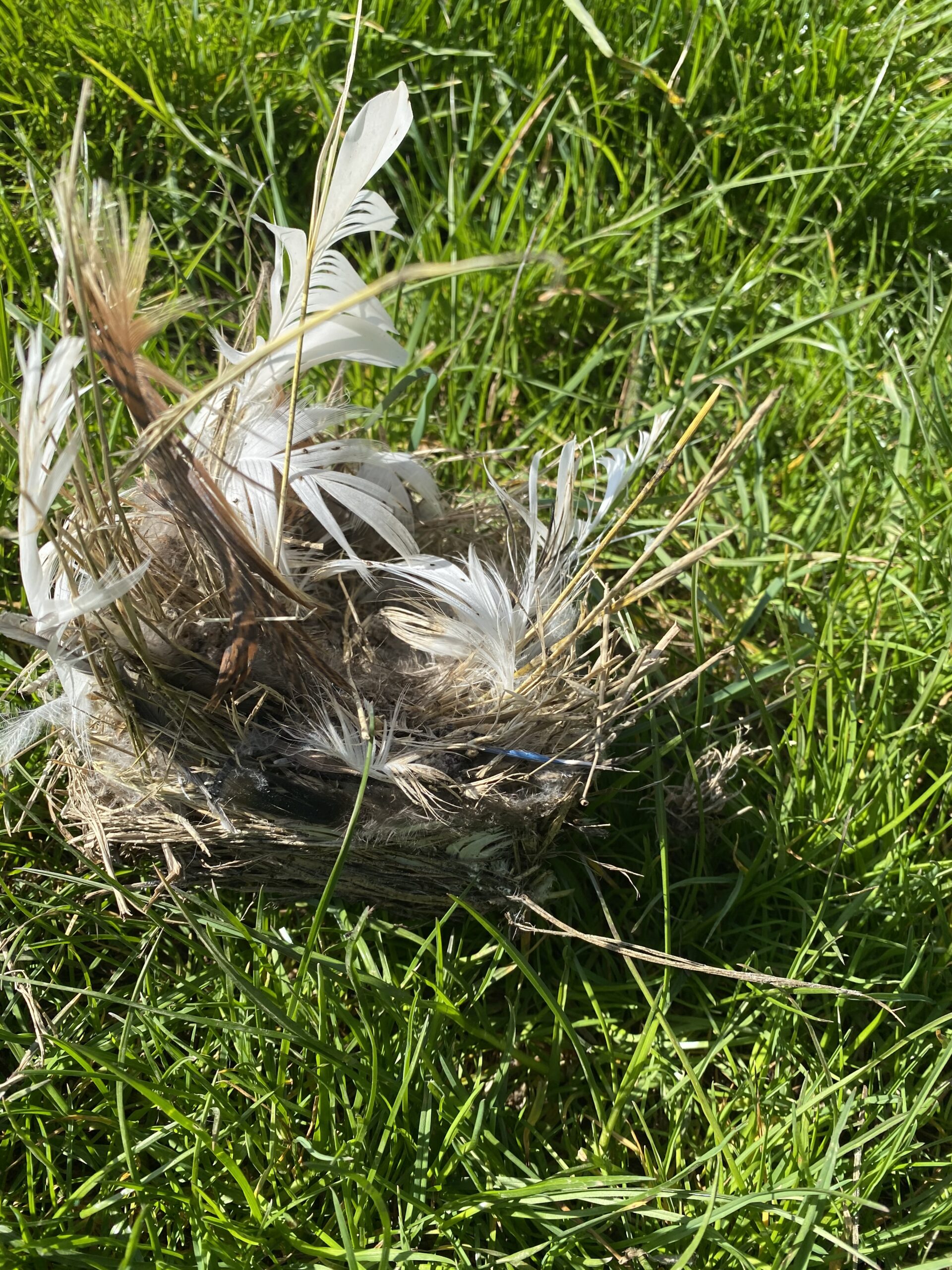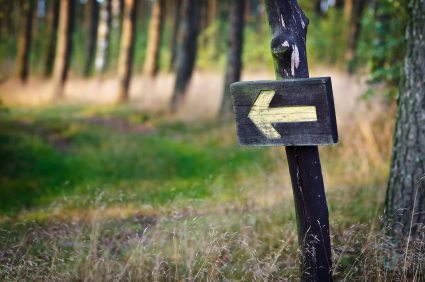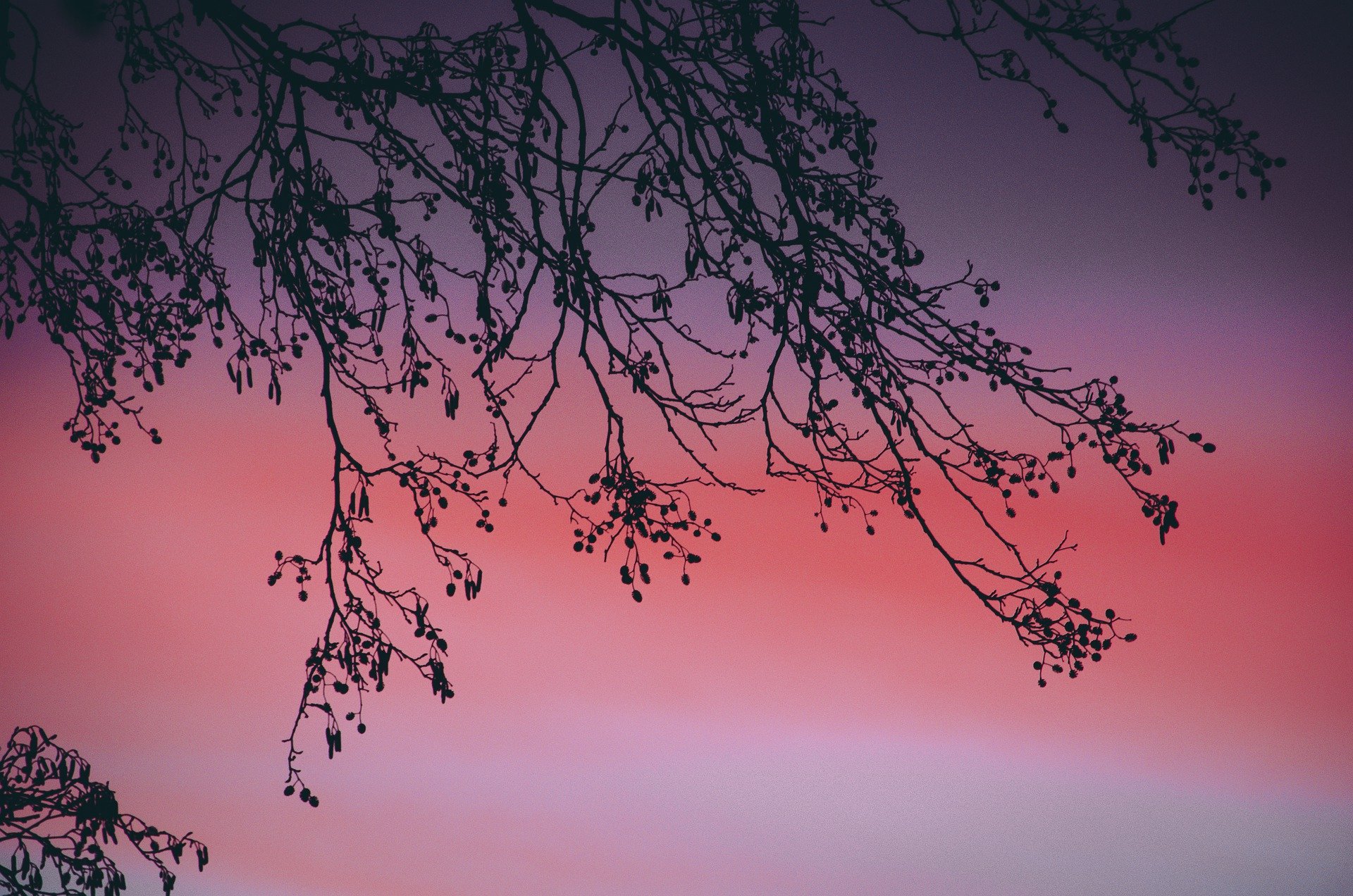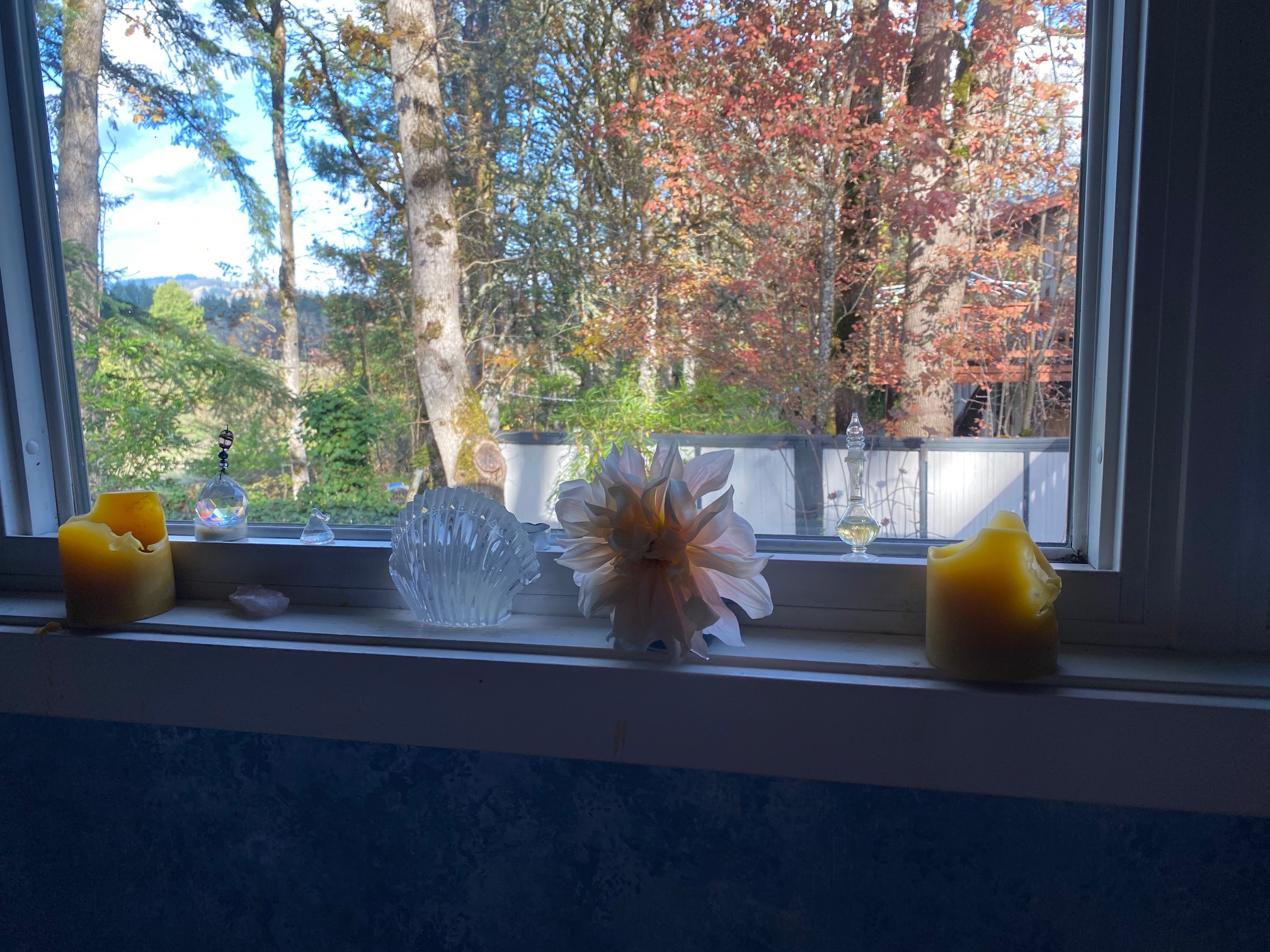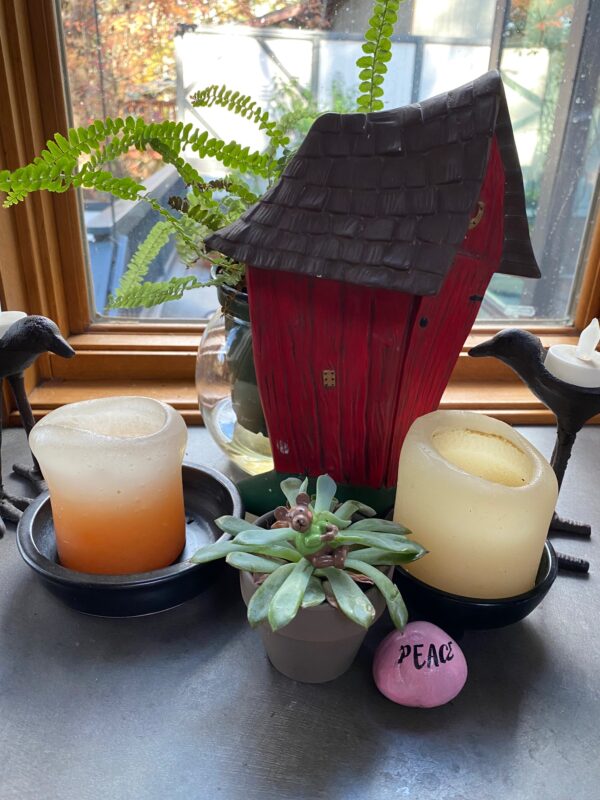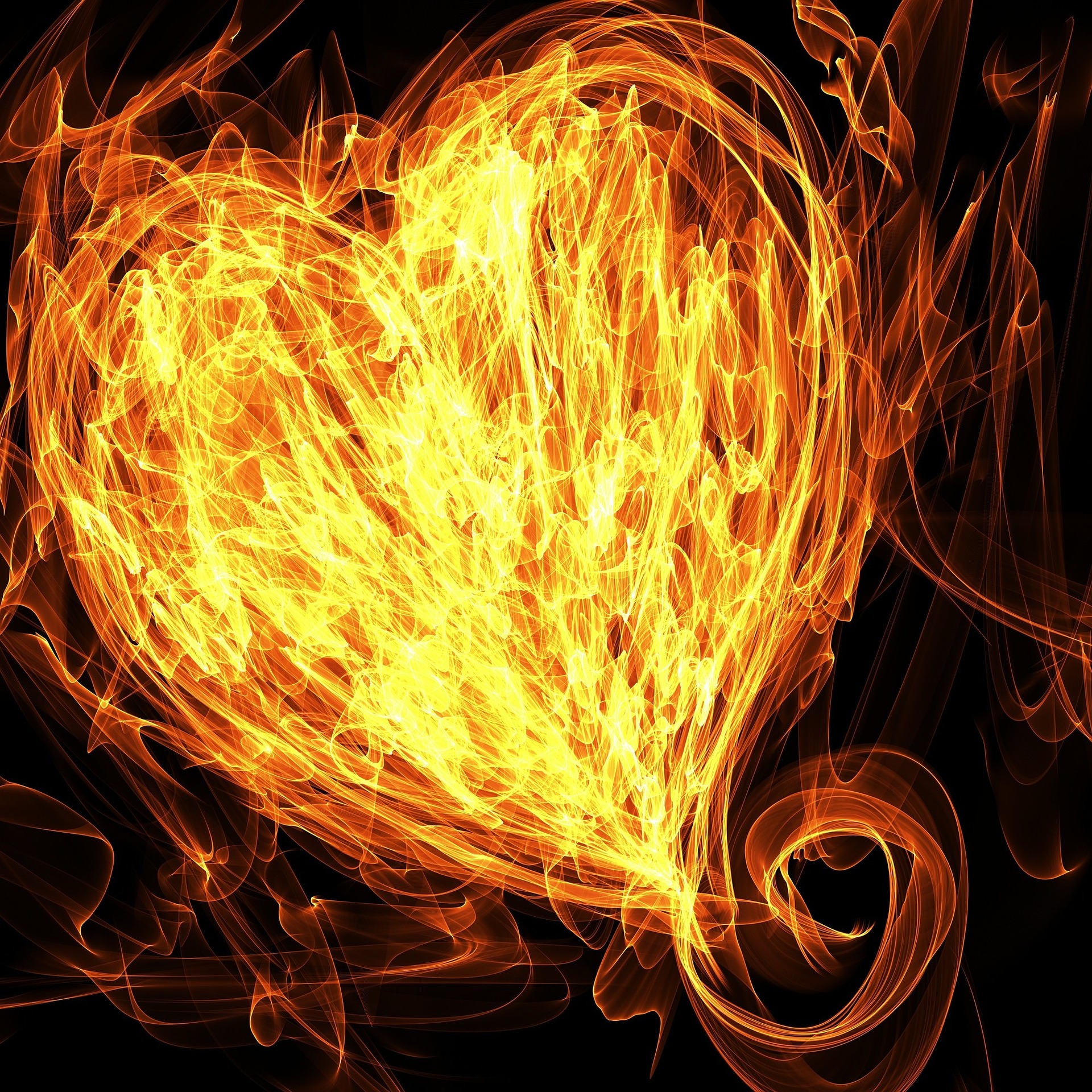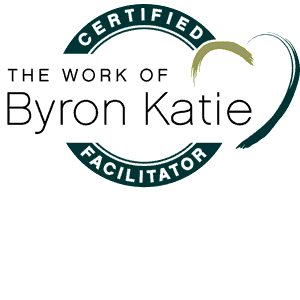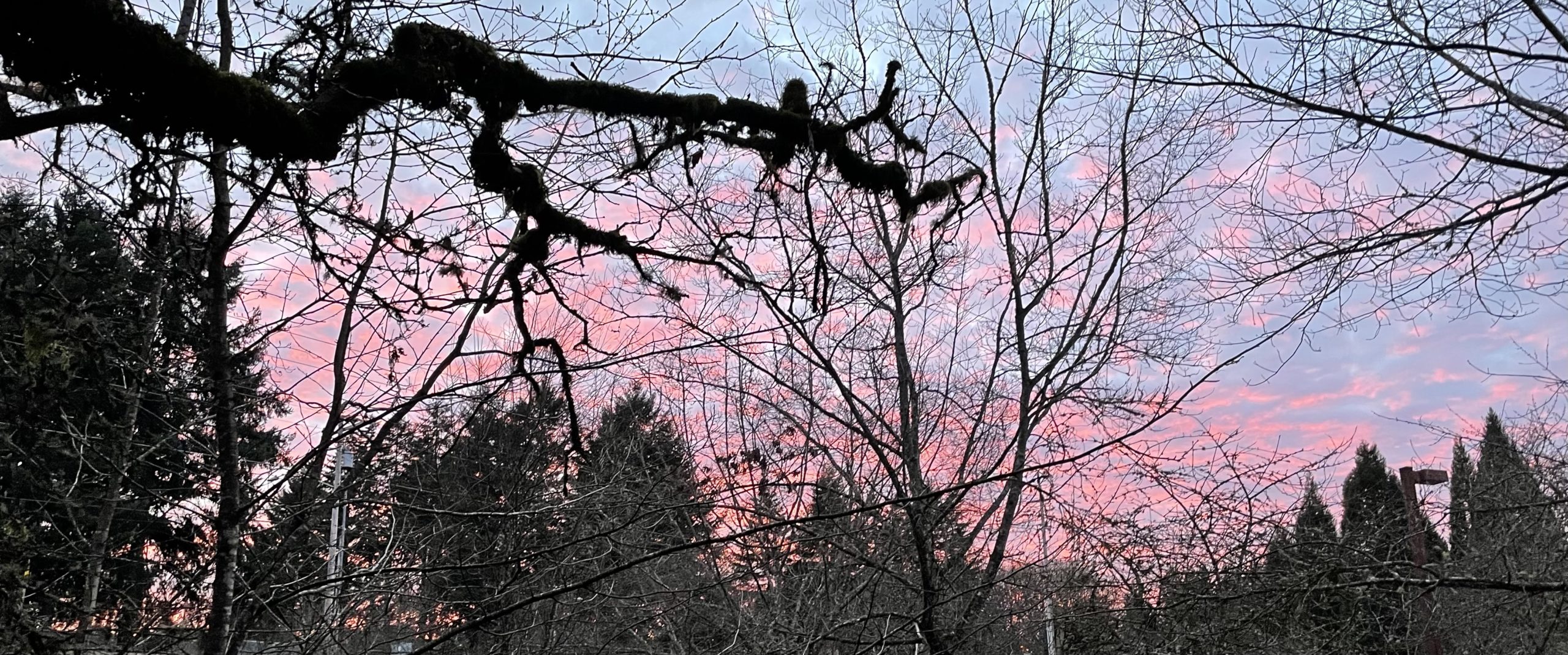
|
Words have been eluding me this month, mostly because news of war is always lurking, even in the early rays of morning light. I recently recovered from the bad habit of doom scrolling over Covid or presidential politics, and I was finally settling into the soothing early-morning habit of meditating and reading or writing poetry. Then along came Russian invasion of Ukraine, and tragic scenes from Kiev and Karkov (and other places I can’t even pronounce) flooded my mind.
I became acutely aware my own helplessness in the face of such enormous tragedy. Then I thought of our sister city Uzhrogod in the Ukraine. And so Geo and I went down to the courthouse and held a sign in solidarity. We donated money for supplies. Then we gave some more to support a local couple who were traveling to the warfront with medical supplies. This helped, but it didn’t feel like enough to match the hell of that war.
Then I thought of the painful losses within my own family from suicide and addiction, another hell in another time of life. And I remembered William Carlos Williams’ words: “It is difficult to get the news from poems, yet men die miserably every day for lack of what is found there.” The last few days I’ve managed to pick up a pen or remember a few words from trusted source Mary Oliver, determined to save the only life I can, my own. When I do that, the day dawns with a new dimension. If I’m lucky, I can be absorbed by a different world, the one that has been right beside me, all around me, all along.
To my amazement, Spring has come. Yesterday I sat in the sunshine on my deck in the woods on the meadow with a poet friend. The plum blossoms blushed pink and, and one of them floated like a tiny lotus in the bird bath, accompanied by the bubbling fountain over my shoulder. I knew right then what it is to be in heaven. Sometimes it feels as if there’s no place big enough to contain all the contradictions of life. Guilt came up, along with one image of starving people in Mariupol. Suddenly, the plum tree, along with the song of the yellow-rumped warblers, all of it was gone. This is how it is for me nowadays. My heart breaks from the hell of war. I try to do something to useful. But all the while there’s the heaven of spring, right outside my door.
Meditation helps. Walking and biking and yoga help. But what helps most of all is simply stopping, breathing, and looking around to take in the wonders of the world where I’m embedded right here and now.
Yesterday I saw a photo of a subway car in Karkhiv where many families shelter. A mother had placed a tin can with tulips in the window where she and her two sons were sheltering. (Check it out here.) May this be an image we all remember, a moment of spring poetry. A piece of heaven to honor the soul in us all.
|
 |
